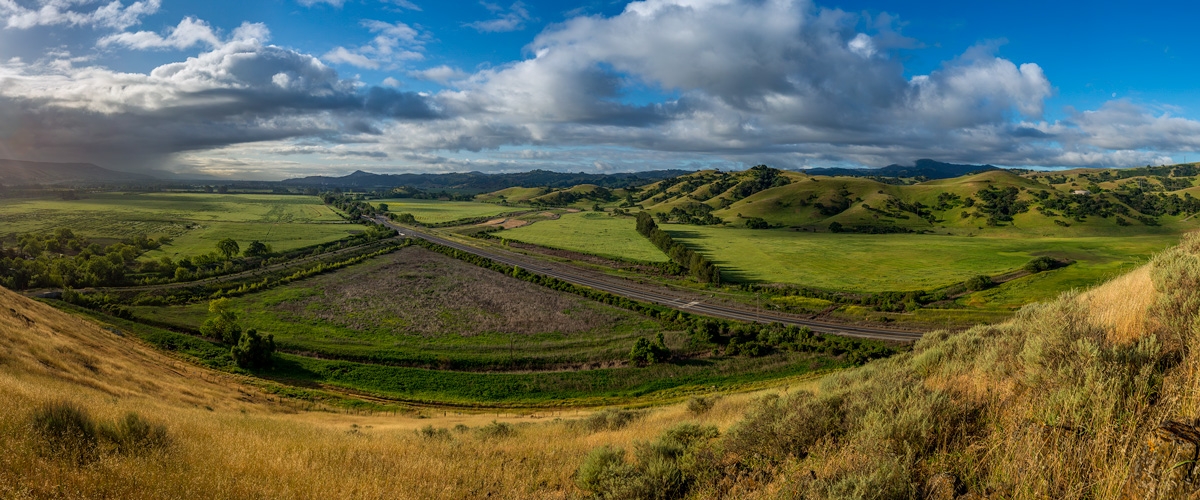
In our every deliberation we must consider the impact of our decisions on the next seven generations.
2019 was a landmark year for the Open Space Authority and the residents we serve with the long-sought preservation of the North Coyote Valley, one of the most important conservation achievements in a generation. On November 6, a historic 11-0 vote of the San Jose City Council gave the green light to a significant land conservation deal and partnership that protected almost 1,000 acres in the North Coyote Valley, one of the Bay Area’s most significant natural landscapes.
For close to 40 years, this “last chance landscape” at the southern extent of San Jose City limits had been slated for tech campuses, business parks, warehouses, and distribution centers. Development had not yet come to pass due to a combination of significant remaining infrastructure costs, a recession, the growing desire of employers and employees to locate within the urban area, and a growing commitment by San Jose leaders to embrace a more climate-smart future. But Coyote Valley’s future remained unresolved, until now.
We have a once-in-a-generation opportunity to preserve and restore Coyote Valley to protect our water supply, preserve wildlife, and reduce flooding risk and to leave an earth that our children will be proud to inherit.
- Mayor Sam Liccardo
The novel funding partnership that enabled this transaction directly protects parcels that are cornerstones for conservation of North Coyote Valley, which includes an essential wildlife linkage, some of the area's last remaining natural floodplains, and underground aquifers with drinking water.
Few conservation deals have been done at this scale within cities, and San Jose is one of the first in the nation to significantly invest infrastructure funding in nature-based solutions to pro-actively address flood risk reduction, water supply, and water quality benefits to its human and natural communities. Coyote Valley can be a model for others looking to use nature-based solutions to build resilience to a changing climate.
Preserving Coyote Valley is a visionary, smart growth approach that will make our communities more vibrant, productive, and resilient to climate change in the future.
- Mayor Sam Liccardo
By preserving and restoring this significant natural and working landscape, we can also realize a new and unparalleled public nature preserve in the coming years, just minutes from downtown San Jose. This historic conservation effort will benefit not only current human and wildlife residents of the valley, but generations to come.
So what’s next? The Authority and its partners will seek to acquire additional properties to fulfill the vision of the Coyote Valley Landscape Linkage. And acquisition of property is just one of many steps in an ongoing process of stewardship – the act of caring for the land and restoring its health to benefit nature and people. With the purchase of these significant properties, we can now begin re-imagining a greener future for Coyote Valley.
Preserving and restoring the natural attributes of the Coyote Valley will require an ecological re-imagining as bold and unwavering as the commercial dreams that sought to transform the region for decades.
- Jeremy Miller, "The Last Big Save", Bay Nature Magazine, Jan. 2020
Coyote Valley was the biggest story of 2019, but we also celebrate and highlight other successes this year in conservation, stewardship, public access, connecting people to nature, leveraging our local funding, and working on public policy and legislative initiatives.
The Authority continues to make strategic investments in conservation consistent with its mission, the Santa Clara Valley Greenprint, and Measure Q. We are effectively leveraging our public funding to preserve, manage, and care for land and natural resources by tapping into grants and partnerships. And we are connecting more and more people to the health benefits of nature through educational programs and urban open space grants that now total 57 projects and $11.5 million of investment in communities and neighborhoods across Santa Clara County.
As 2020 gets underway, we wish to acknowledge the public’s continued support of and trust in the Authority: we couldn’t do our important conservation and stewardship work without the support of residents in our communities of Campbell, Milpitas, Morgan Hill, San Jose, and Santa Clara. And no one agency or organization works alone – it takes a community of public agencies, nonprofit partners, and funders to deliver huge conservation successes like Coyote Valley. Together, we are protecting the natural legacy of the Santa Clara Valley for generations to come.
With gratitude,

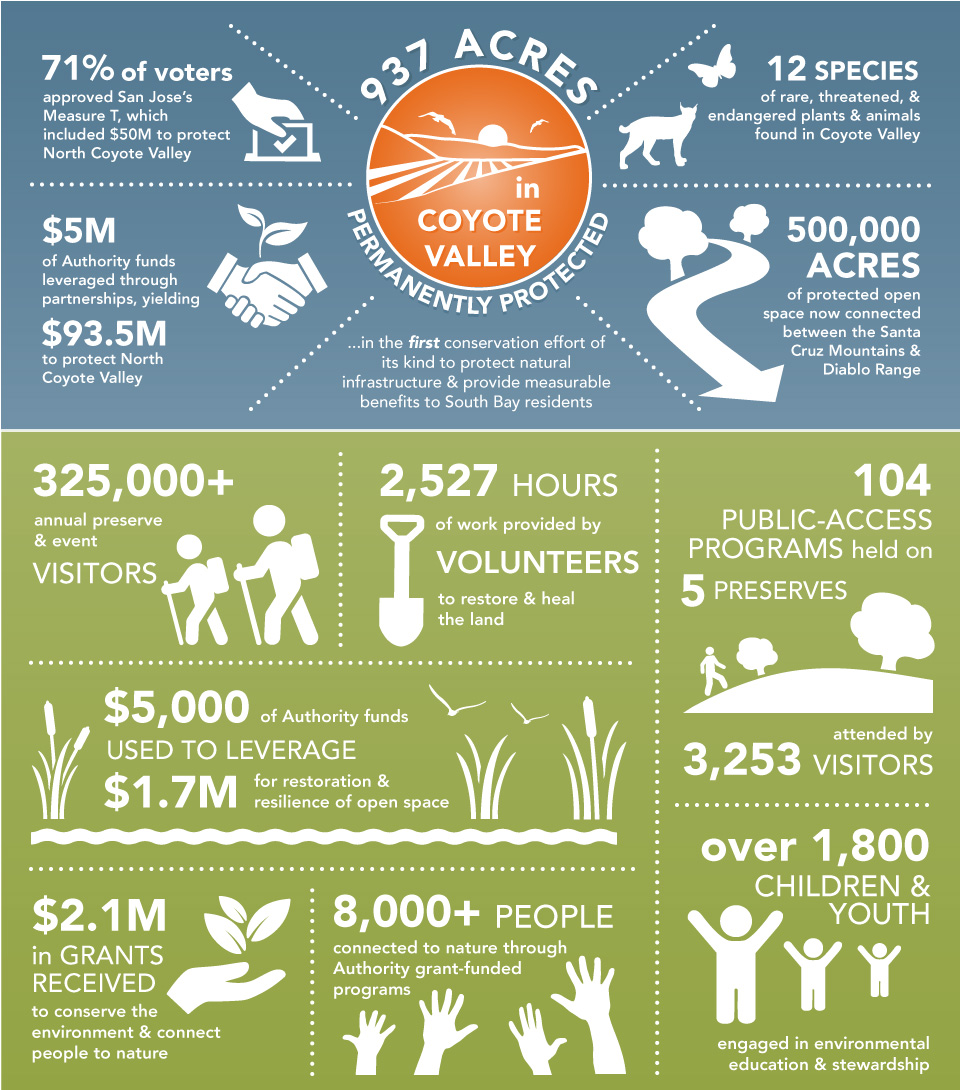

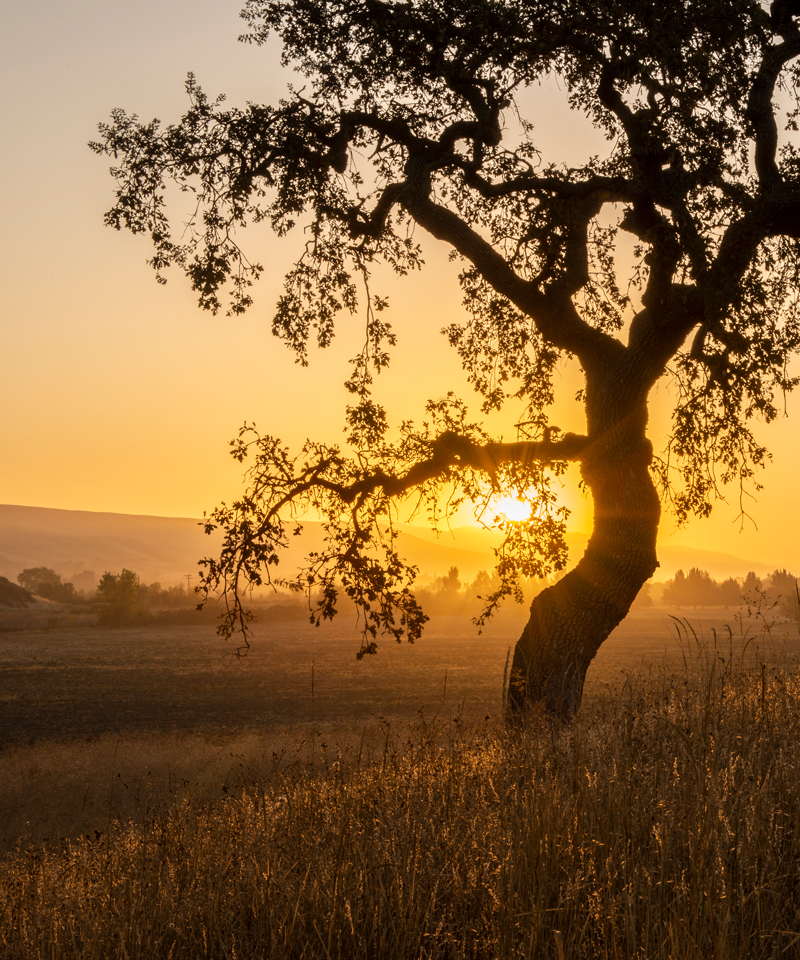
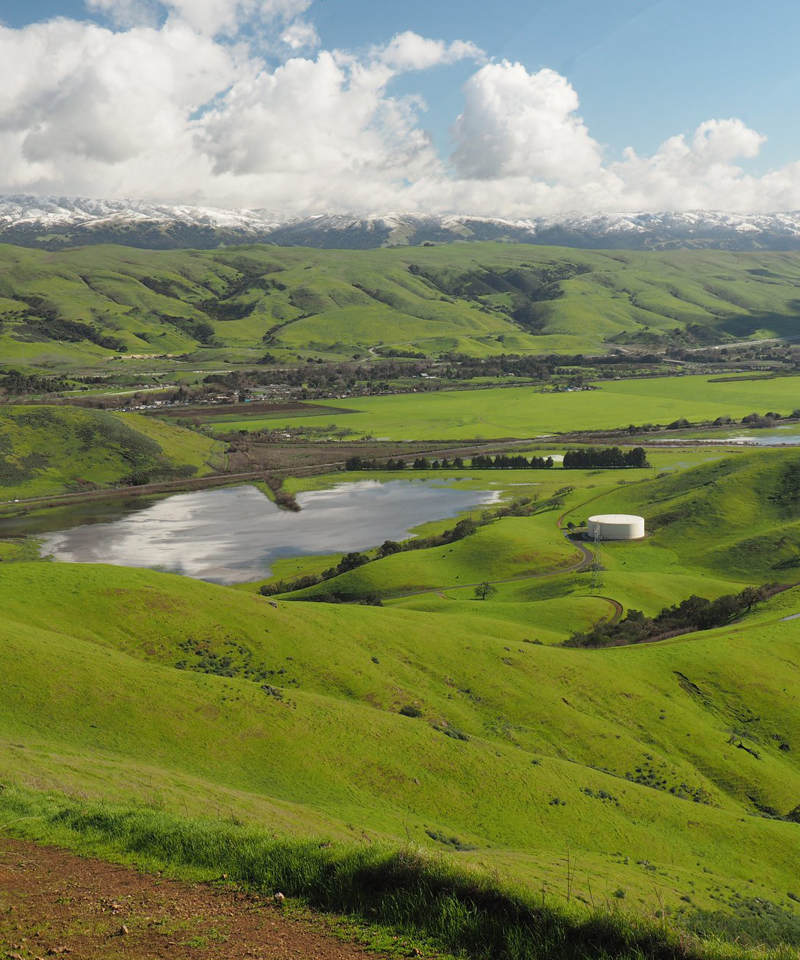
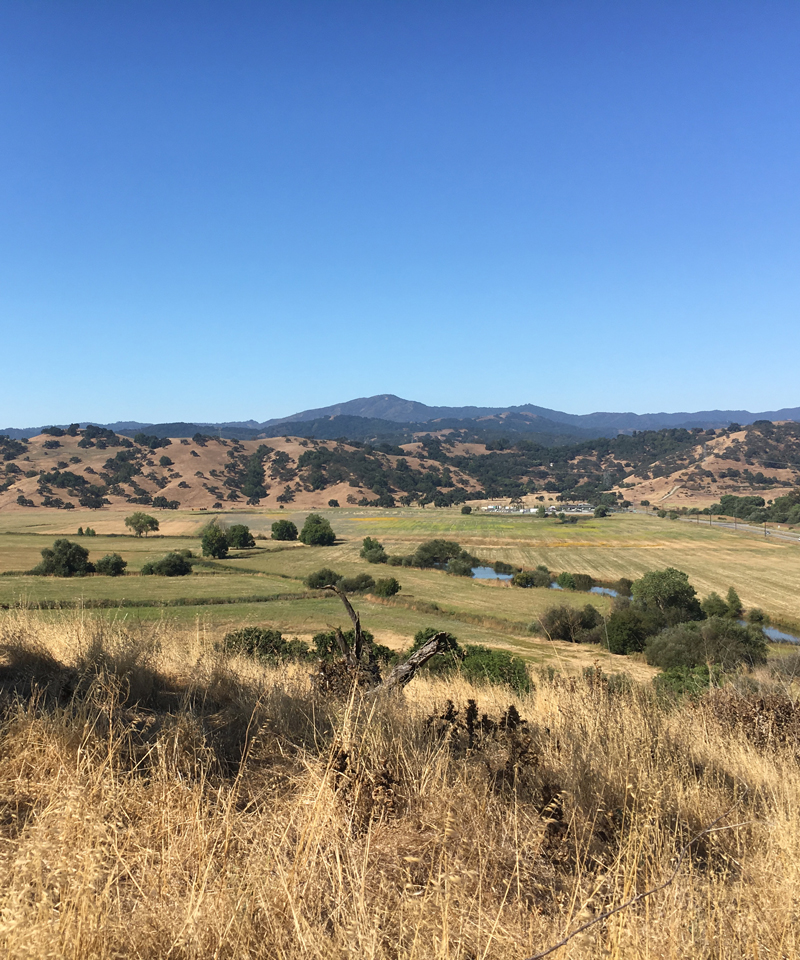
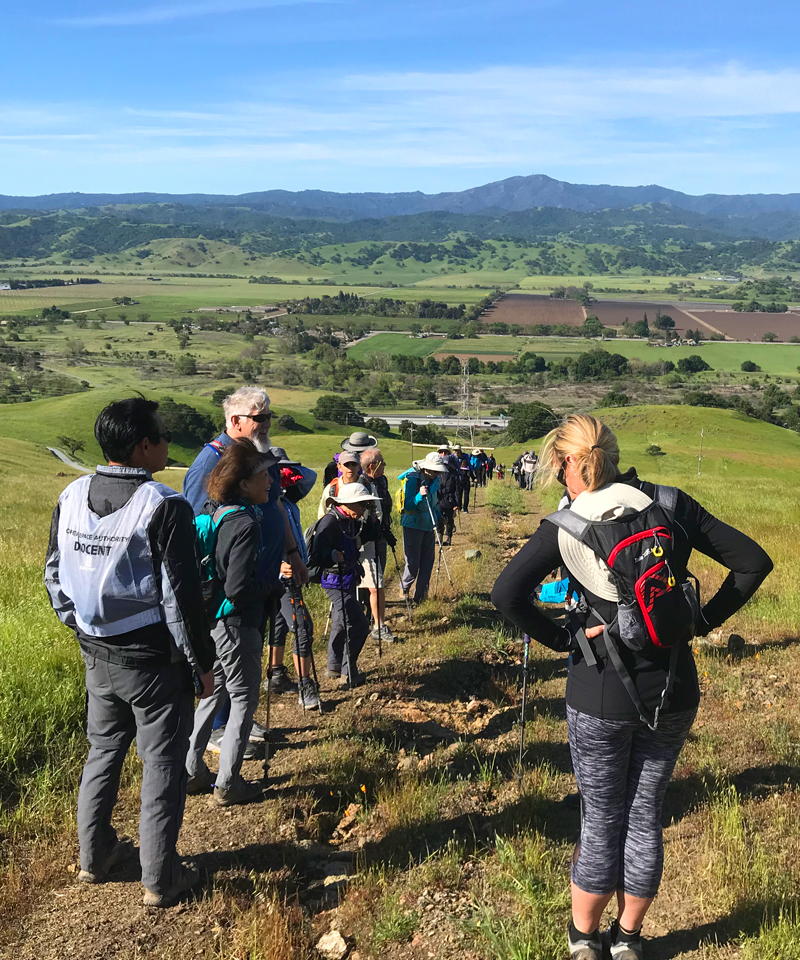
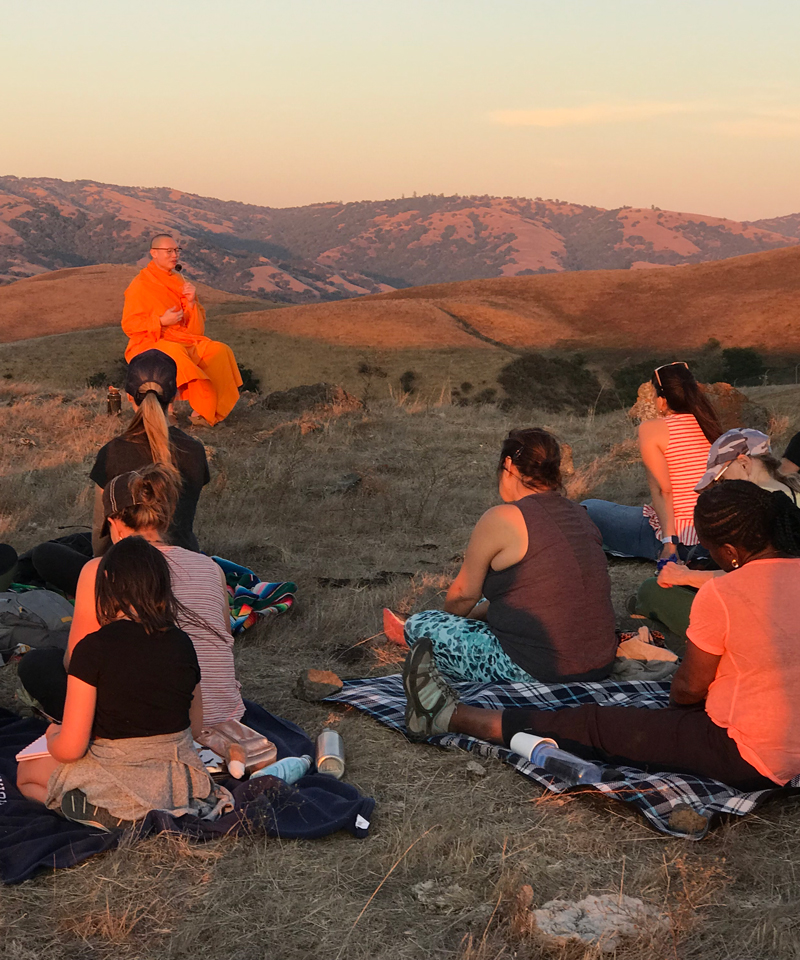
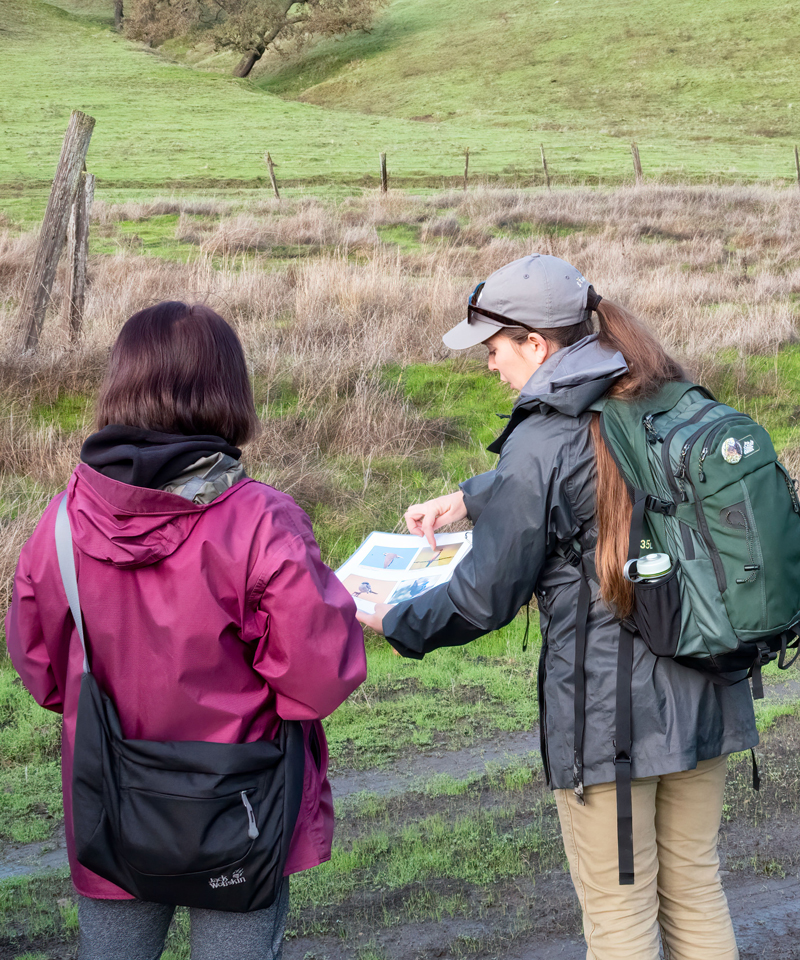


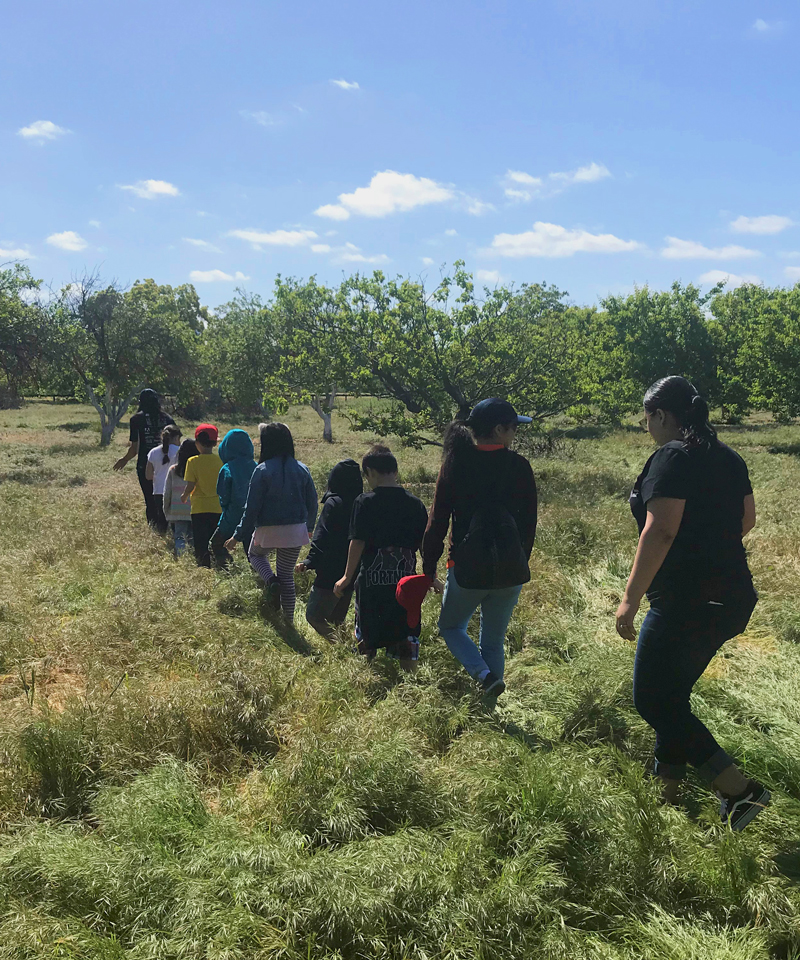
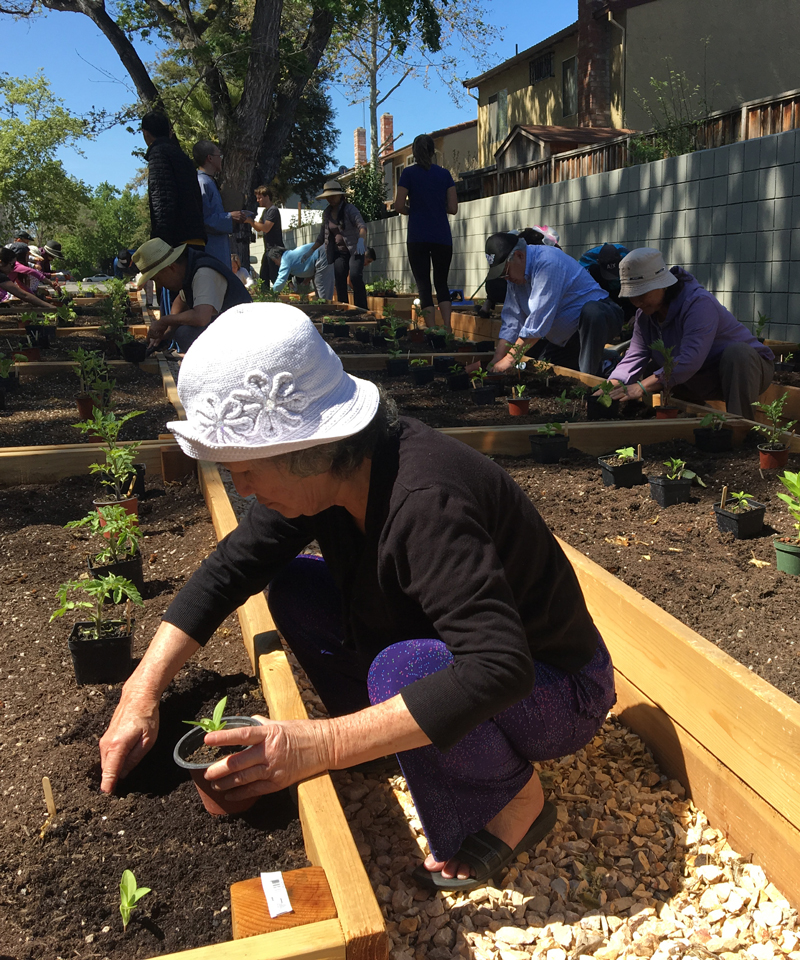
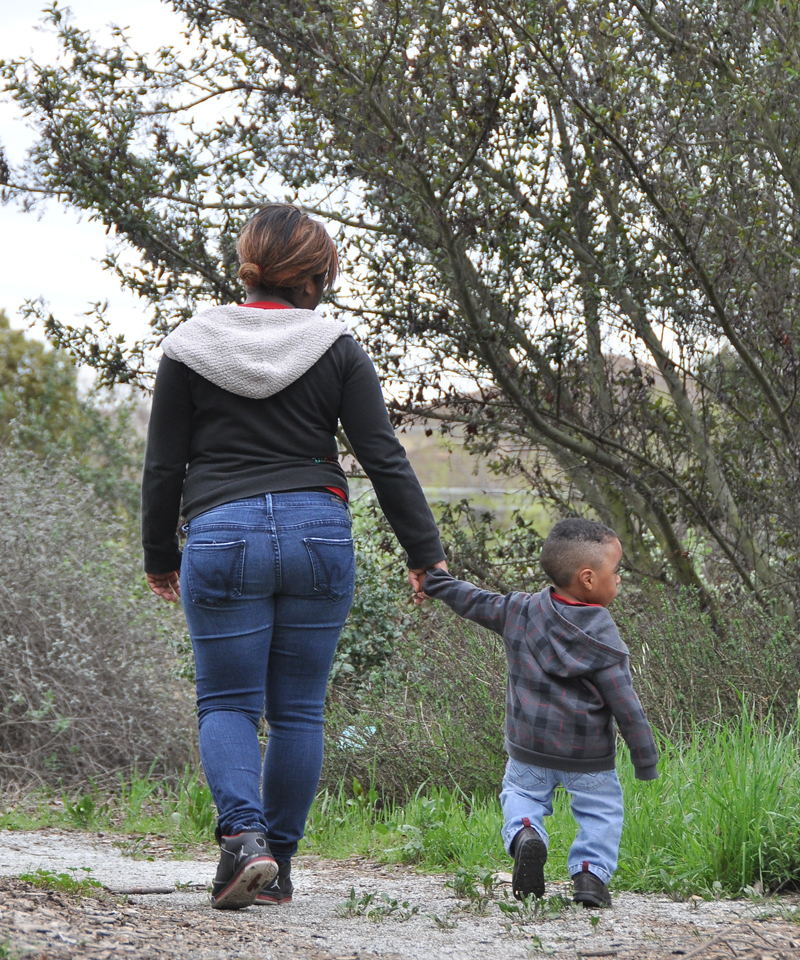
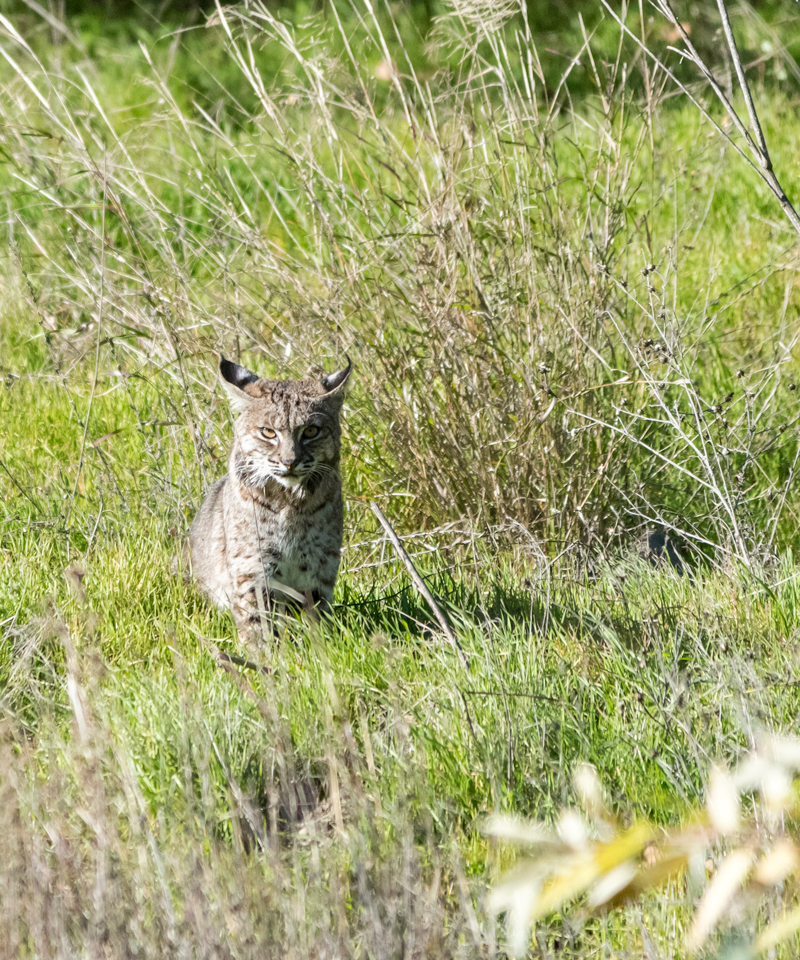
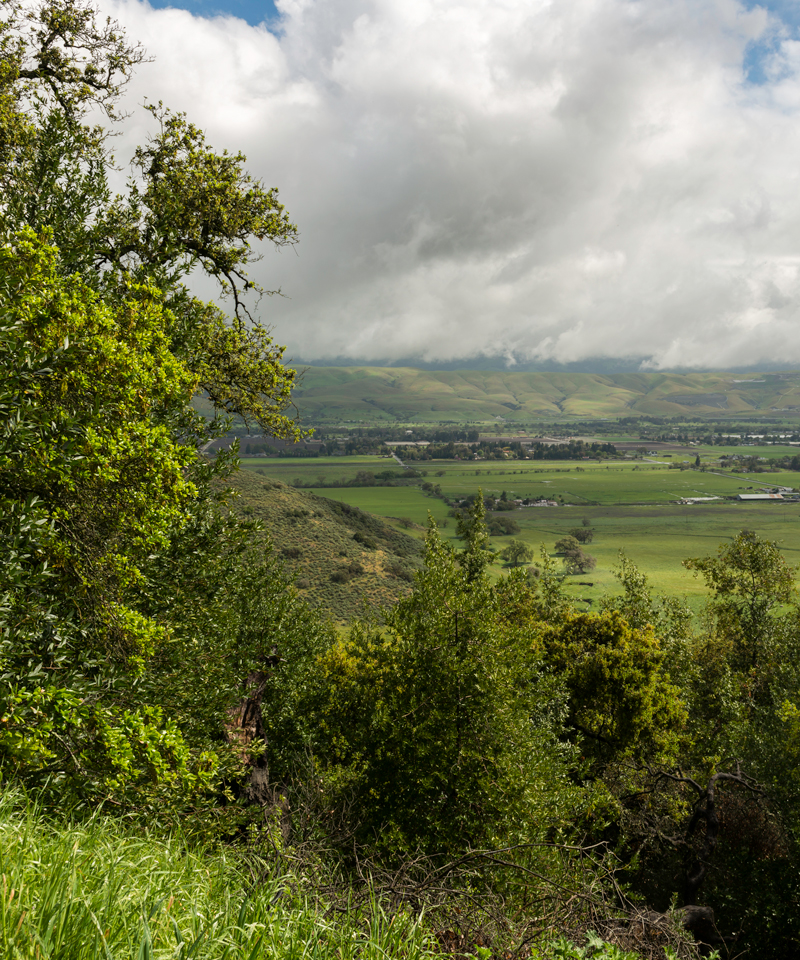
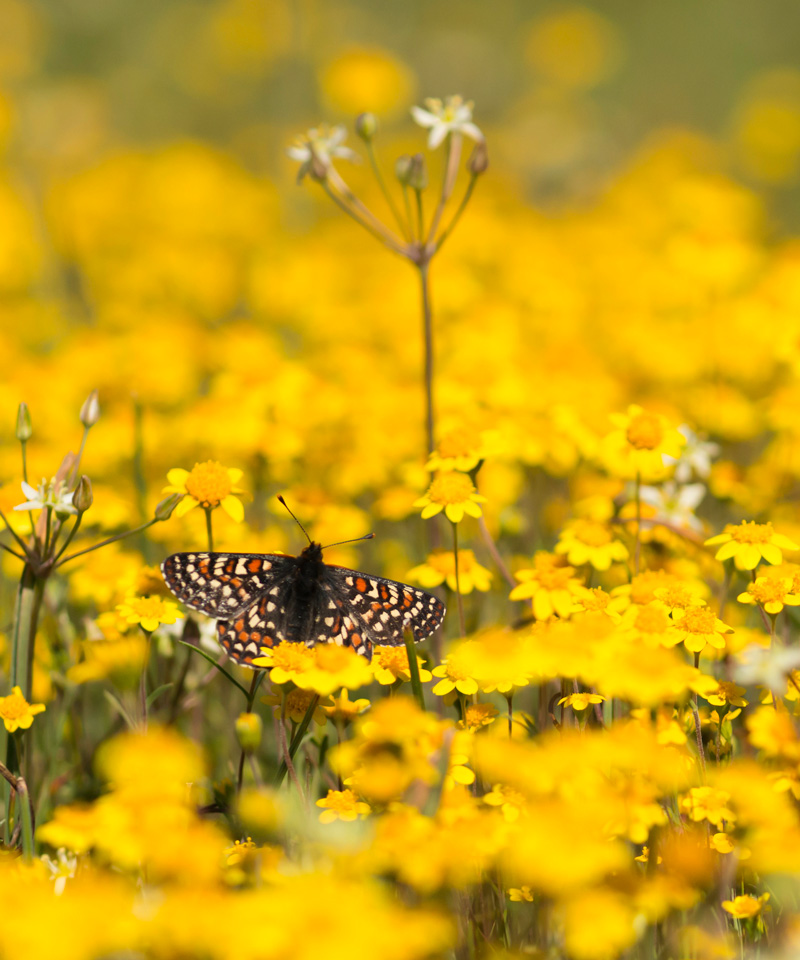

Also at Rancho, more than 200 freshman from San Jose’s Harker School spent a day removing debris and helping widen a 1.25 mile-long section of the Mayfair Ranch Trail, making it safer for hikers, mountain bikers, and horseback riders. As part of the day of service learning, the students learned about the history of local Native Americans, plants, and wildlife in activities led by their teachers, Open Space Authority staff, and volunteer docents.
The partnership not only benefited the preserve – it helped connect the students to local open space and empowered them to take an active role in protecting our environment.
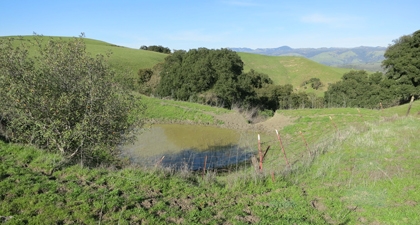
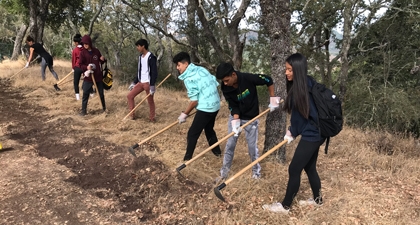
The planning, design, and implementation of access to Blair Ranch is funded by Measure Q; the preserve backcountry is scheduled to open in 2022.
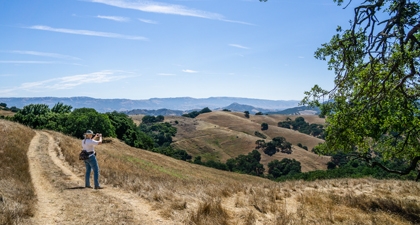
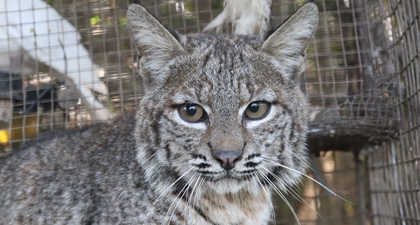
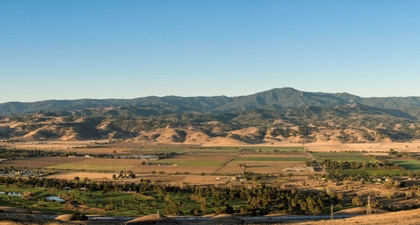
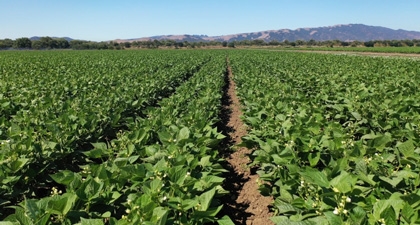
The Open Space Authority is primarily funded by a benefit assessment and an annual $24 parcel tax, Measure Q, with additional funding from grants and gifts. Financial reports and audits are released after the close of each fiscal year, and are available here.